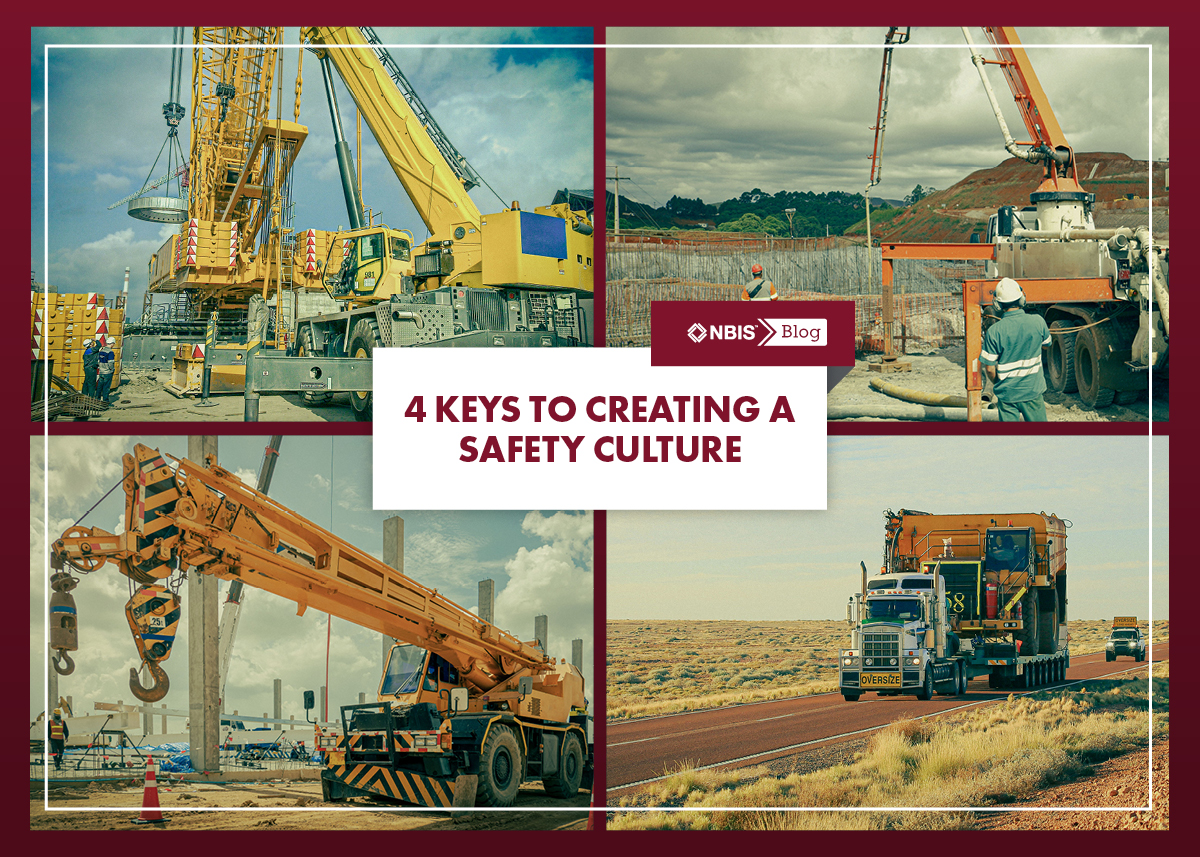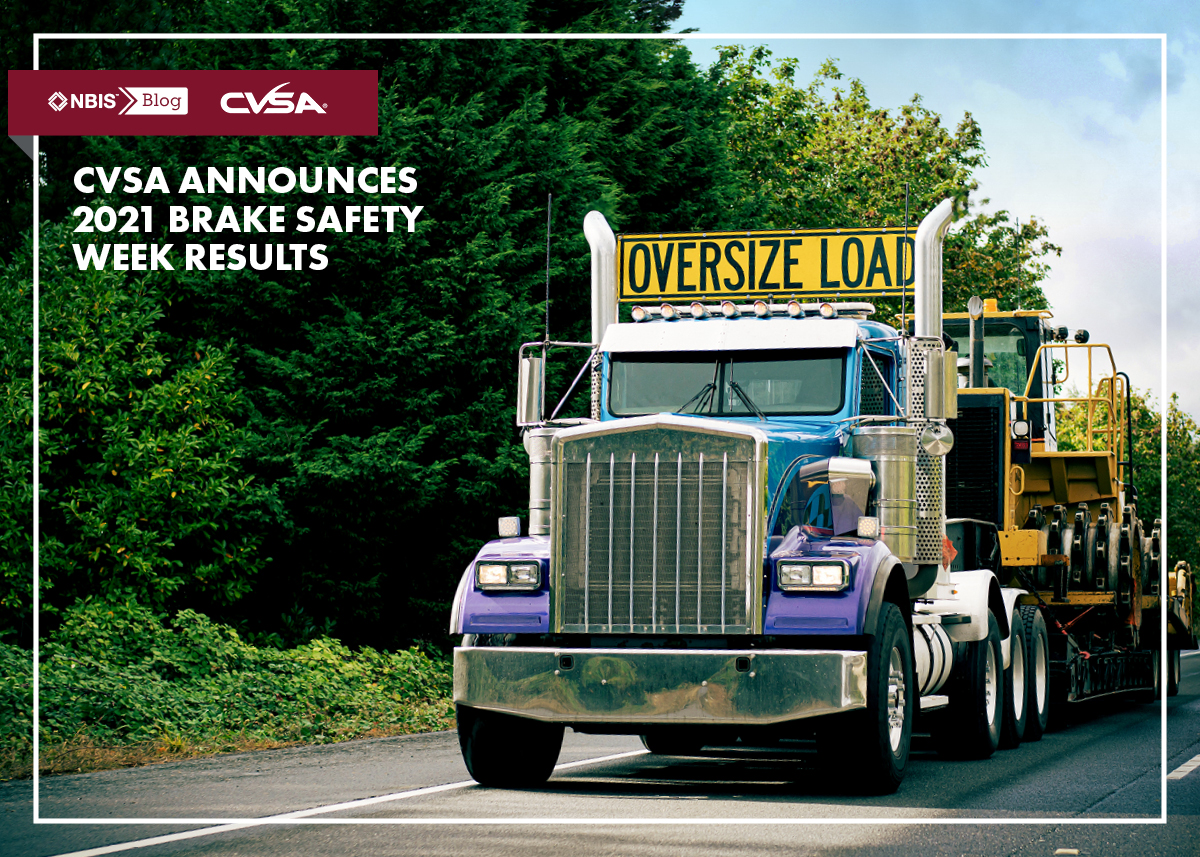Maintaining an effective safety program is critical for the overall success of any construction-related company. A consistent, effective, and well-managed safety program not only protects all your business’ most valuable investments, it can help improve your bottom line by saving you from injury-related expenses.
According to the U.S. Bureau of Labor Statistics, nearly 2% of construction workers are injured seriously enough to miss work; which translates to 5 out of 25 employees. And the cumulative cost of these construction injuries, according to the National Institutes of Health, is $11.5 billion.
Not only are losses incurred by injuries, a resulting shortage of labor can impact every project, potentially causing delays or errors that could have been avoided through adherence to safety protocol.
In fact, if you need to replace injured staff, MIT Sloan Management Review cites that it can take up to 6 months for a new employee to achieve full productivity. And the Society for Human Resource Management reports that replacing just one employee can cost more than half that employee’s salary. This statistic is even more problematic if you need to replace safety/risk management staff.
Considering these high costs could be avoided by compliance, we want to help ensure you’re protected. Put these ideas to work now—instead of as a reaction to losses—to protect your people and profits for the long haul.
Here are four essential components of a proactive safety program:
1. Hire Safety Management by Qualifications, Not Familiarity
Just because safety management positions are some of the hardest to fill with competent, highly-trained professionals, don’t resort to just adding safety supervision onto another employee’s plate.
Be absolutely sure who you choose to manage your safety program is an expert in communicating safety processes and changes company-wide. Your safety management must be familiar not only with safety gear and techniques, but how to implement and uphold a corporate program.
In addition, this well-chosen manager must be supported by a safety team from all levels of management and employees designated for specific roles.
2. Foster a Company-Wide Culture of Safety
According to the Center for Construction Research and Training , more than 25% of construction workers have failed to report a work-related injury because they assume injury is part of the job, or they find the reporting paperwork daunting.
It’s critical that you reinforce an open-door policy, inviting employees to ask questions regarding safety or reporting. Eliminate the stigma of compliance as a chore, by communicating that “safety first” pays off for everyone.
Your leadership—not just the Safety department—should be championing the corporate safety program consistently. Be careful not to focus on the negative, or only recite past errors, but encourage an attitude of caring for each person’s life and wellness.
This includes allowing your Safety Manager ample time, in addition to inspections and incident management, for implementing enforcement initiatives, managing training records, distributing new company policies, and updating the corporate safety program as rules change.
The Connecticut Business and Industry Association provides these tips:
- Take time to explain safety procedures to employees in person
- Motivate employees to enforce safety rules and report incidents with encouragement and recognition
- Provide constant feedback to avoid complacency
3. Ensure Your Safety Program Is Scalable for Growth
Have you expanded your company size or number of branches? Have you acquired more equipment or another company? These changes impact your safety plan and the ability to scale appropriately.
If you’re still using an outdated safety manual, or trying to keep the same data for 100 employees on your original 20-employee spreadsheet, you run the risk of missing your inspection data and other critical stats.
To help you continually scale your safety program as you grow, NBIS offers the latest safety training courses on safety and health, driver training, manufacturer-specific training, and more; customized to our company’s needs.
4. Invest in Safety Resources and Technology to Minimize Costs
Safety+Health magazine comments that a well-managed safety program can save you as much as 6 times the amount invested. It can help reduce insurance costs, prevent citations, and guard against lawsuits. To maintain continuity amid employee turnover, and keep up with paperwork, manuals, and documentation, you may need to align with a team of risk consultants such as NBIS who can help you analyze data to fine-tune your company’s safety operations.
We offer solutions and safety service discounts through partner companies, based on the size of your company, such as telematics driver insights that can help improve your safety program and protect your company. We can help you analyze trends in your safety performance, and identify areas for improvement.
When your entire organization works together to prioritize safety, starting with these four essentials—everyone wins.





